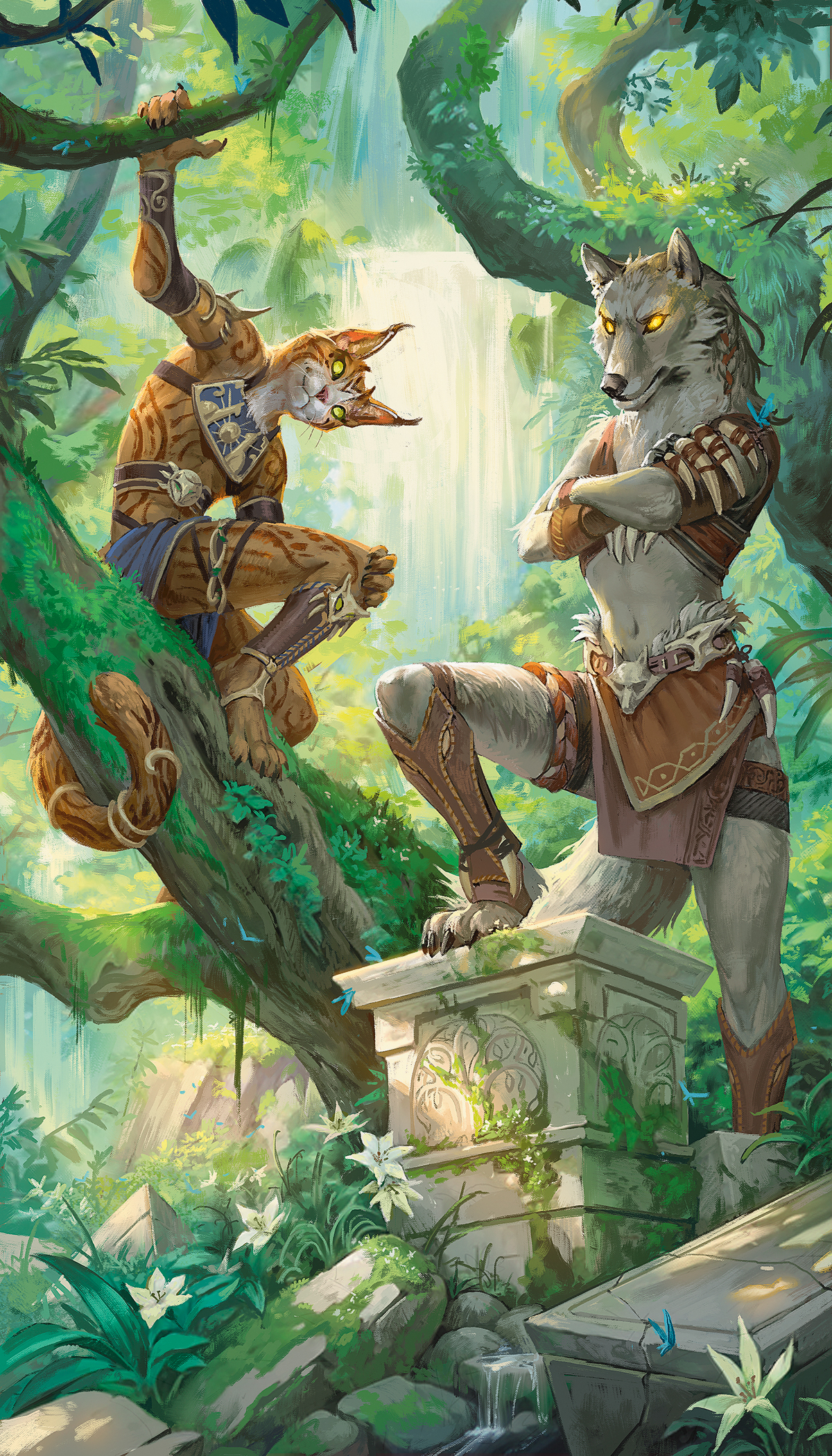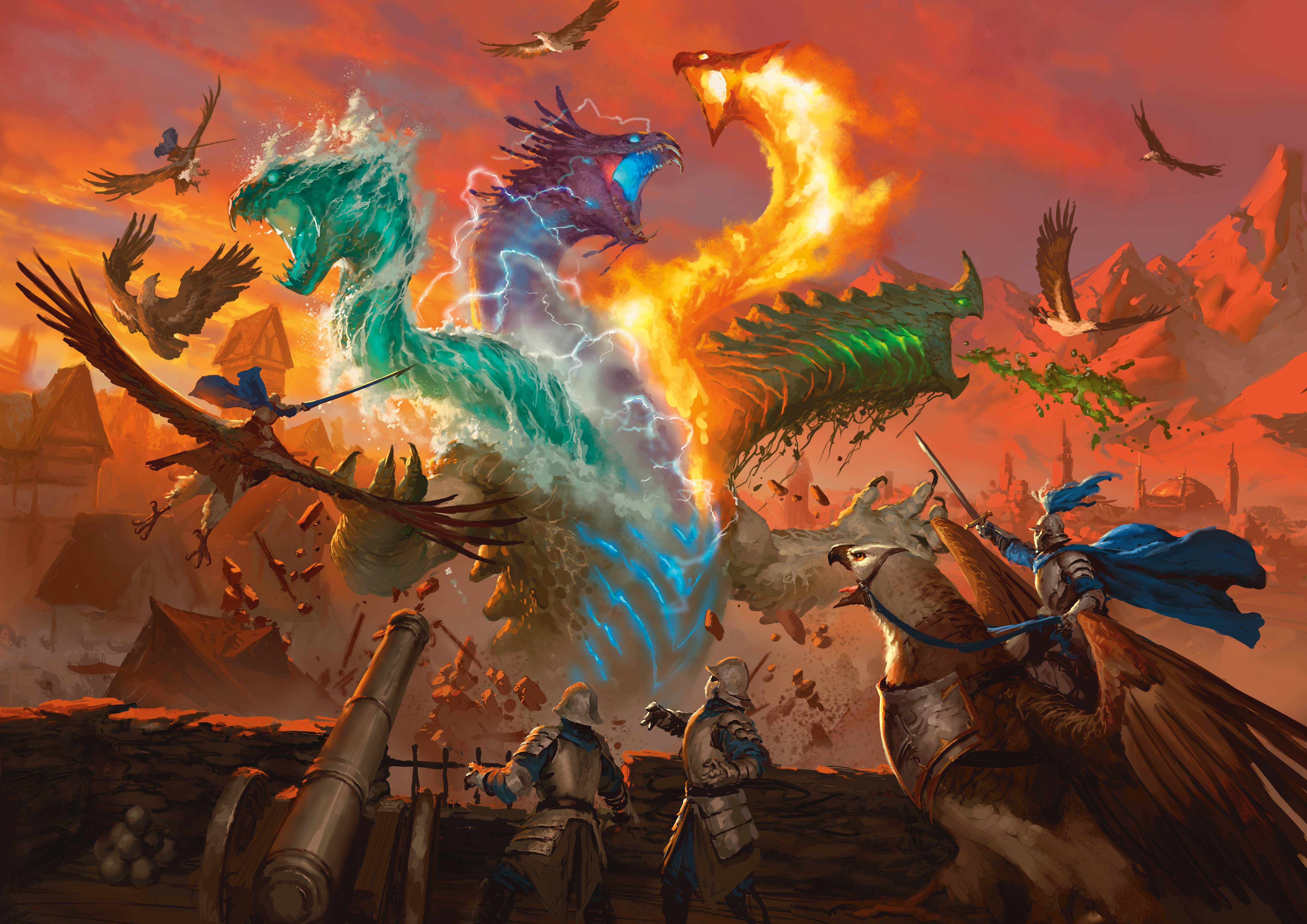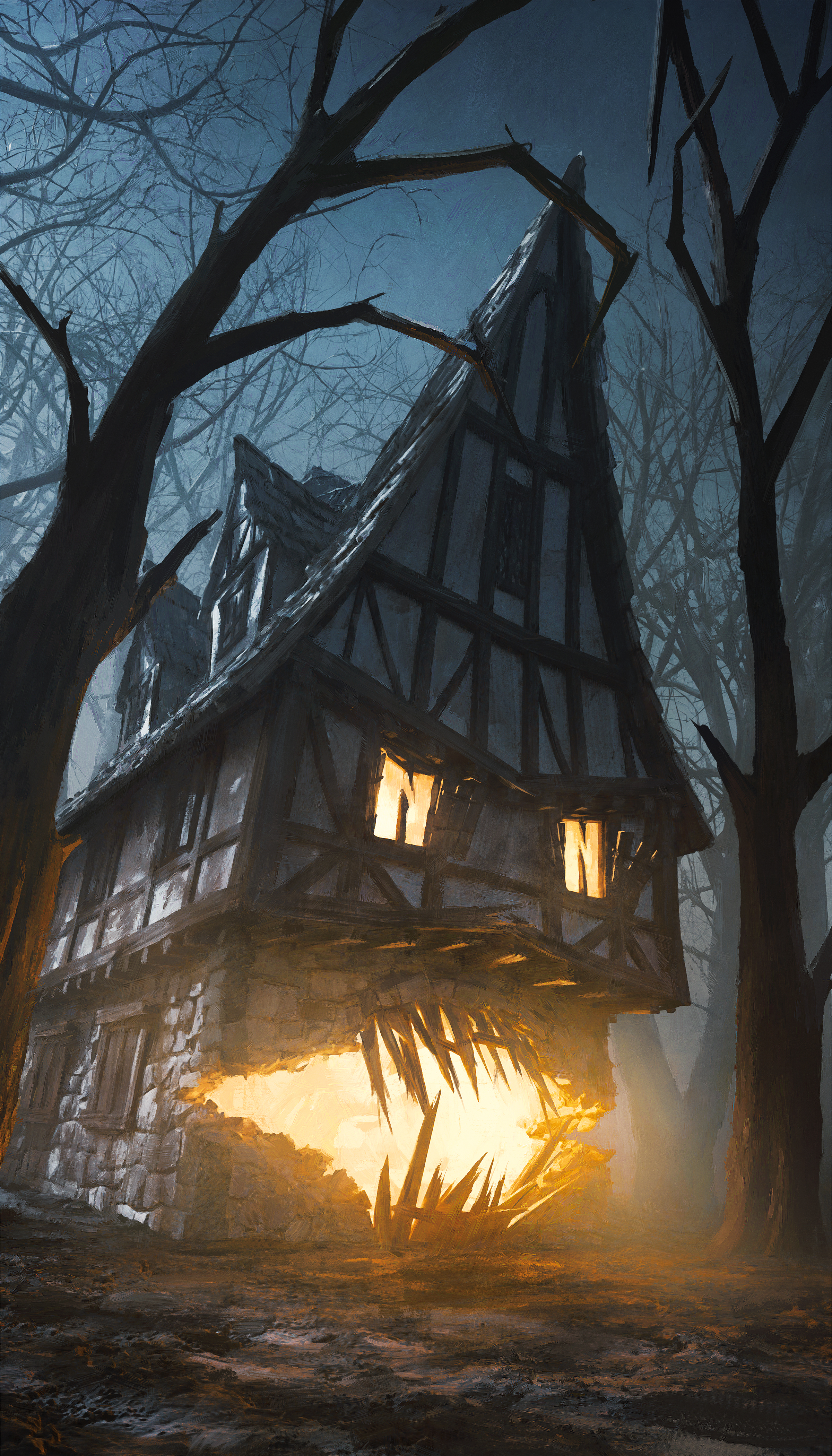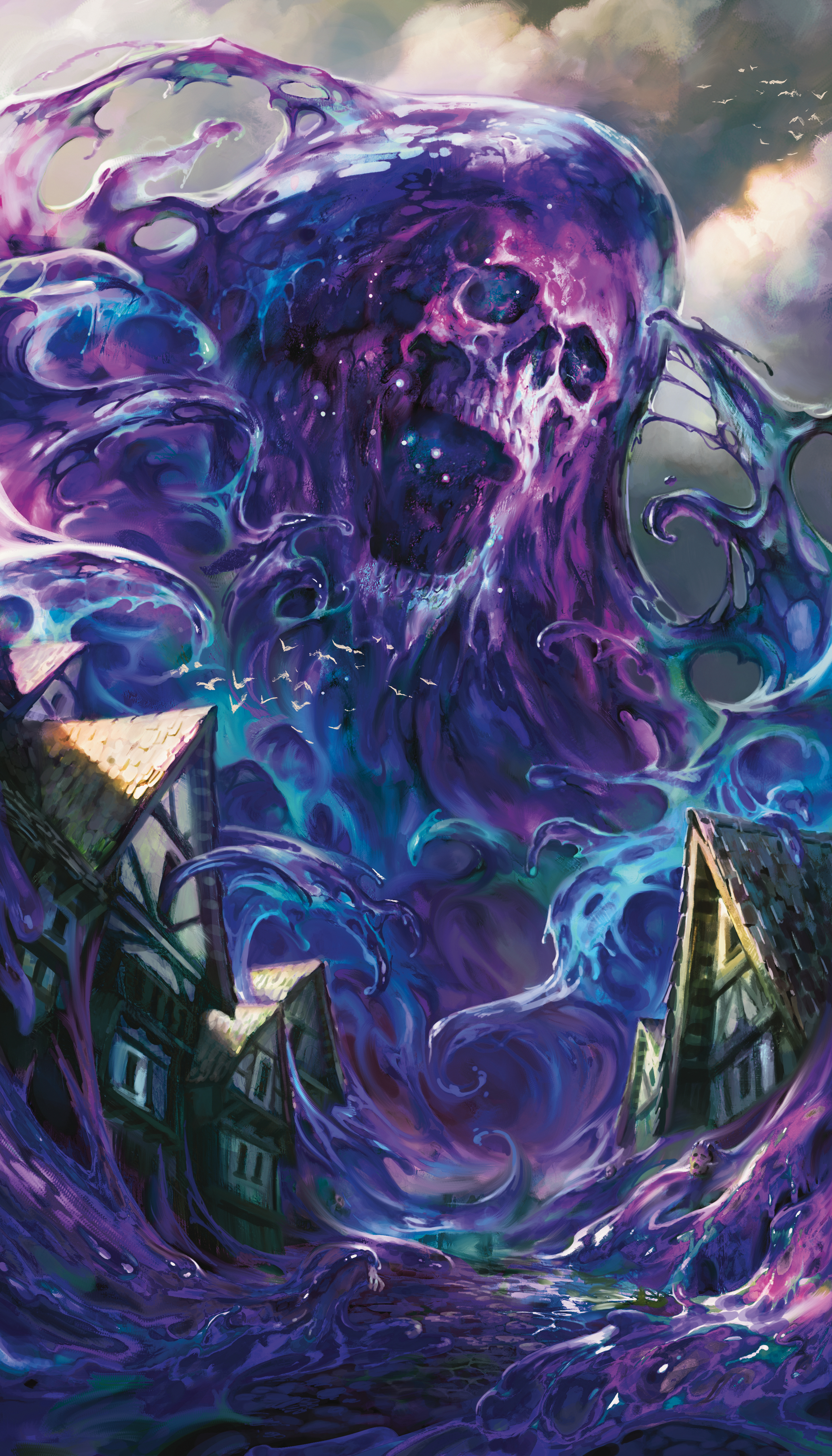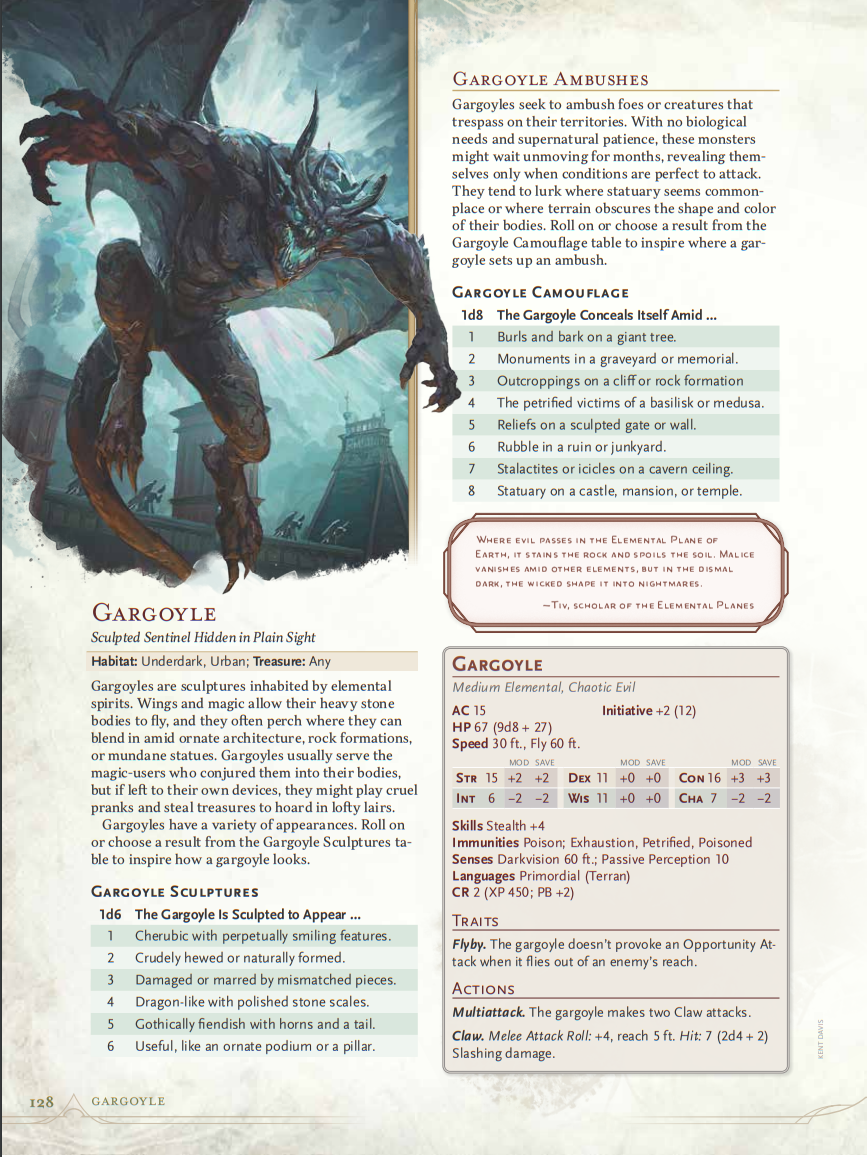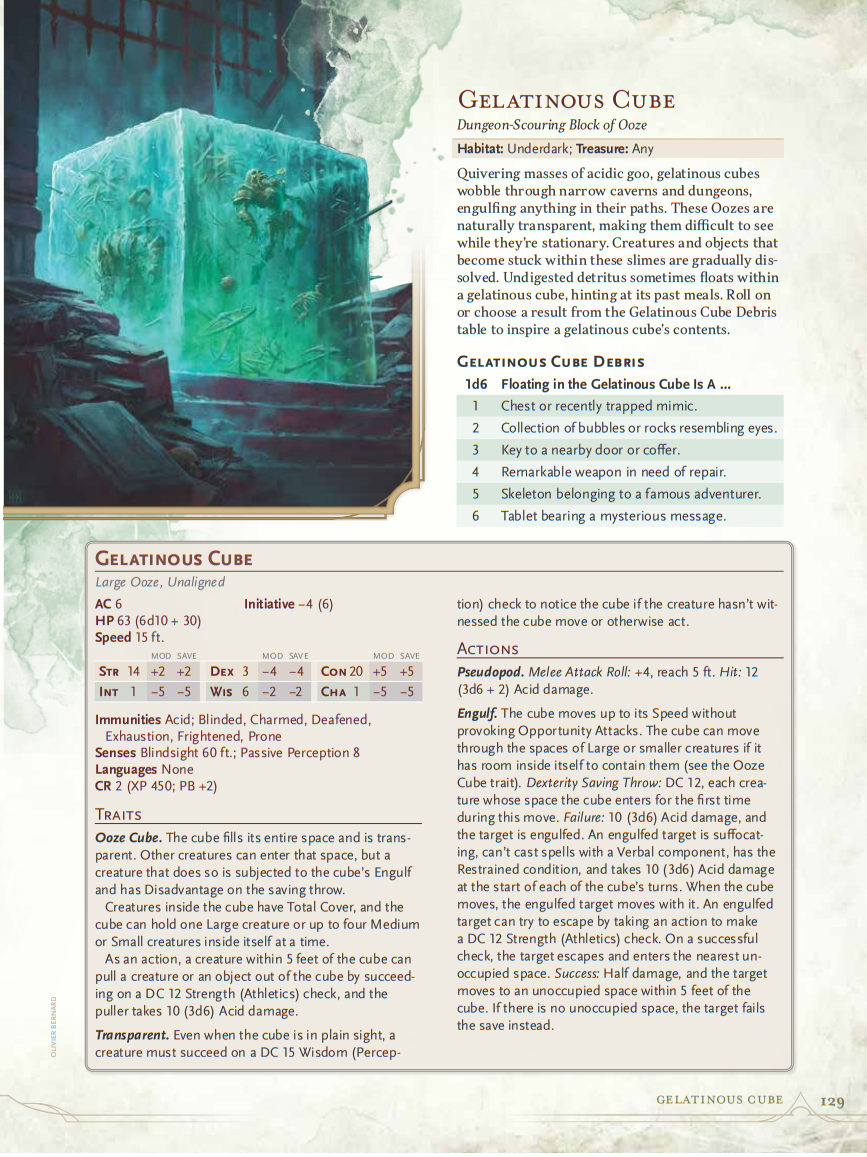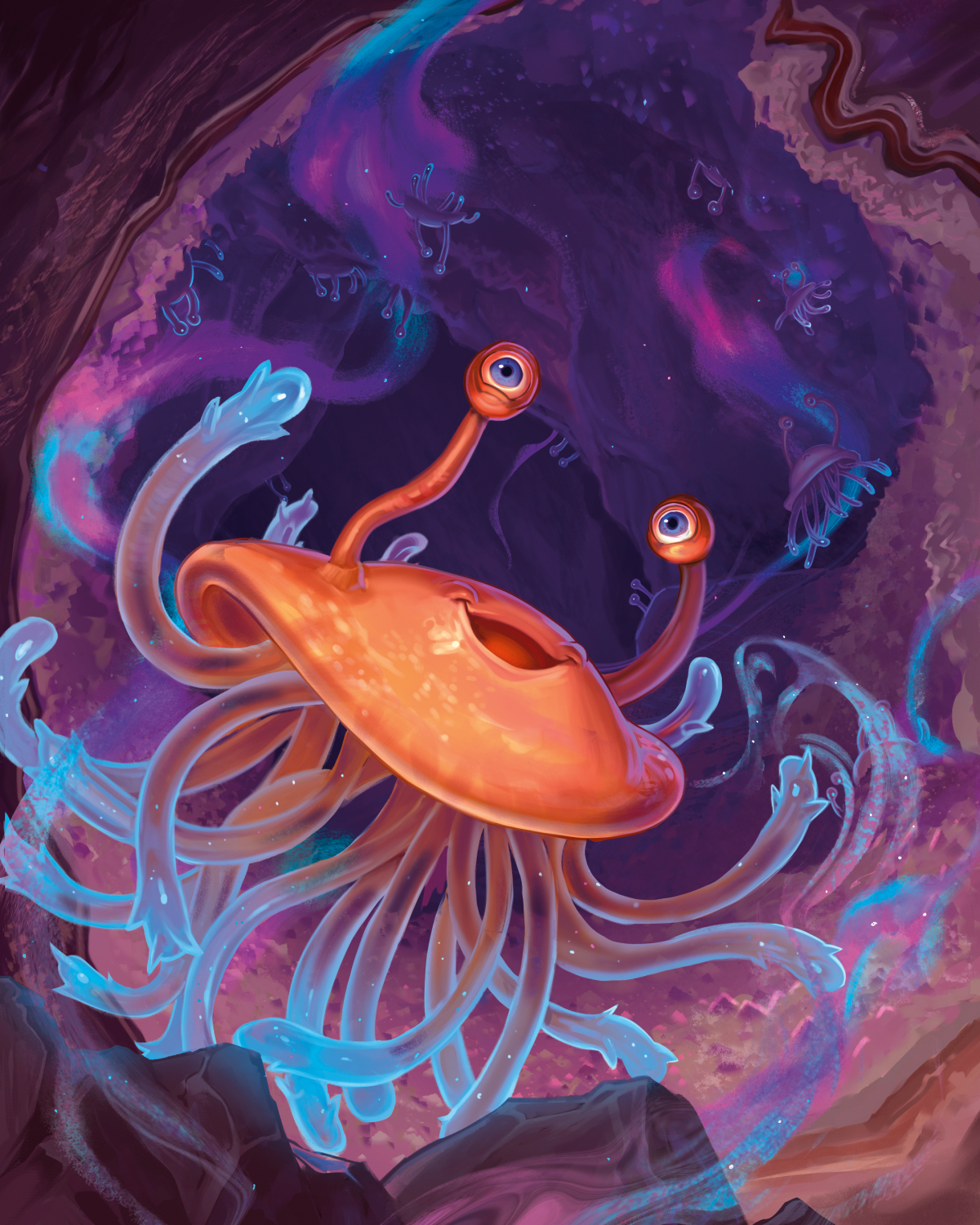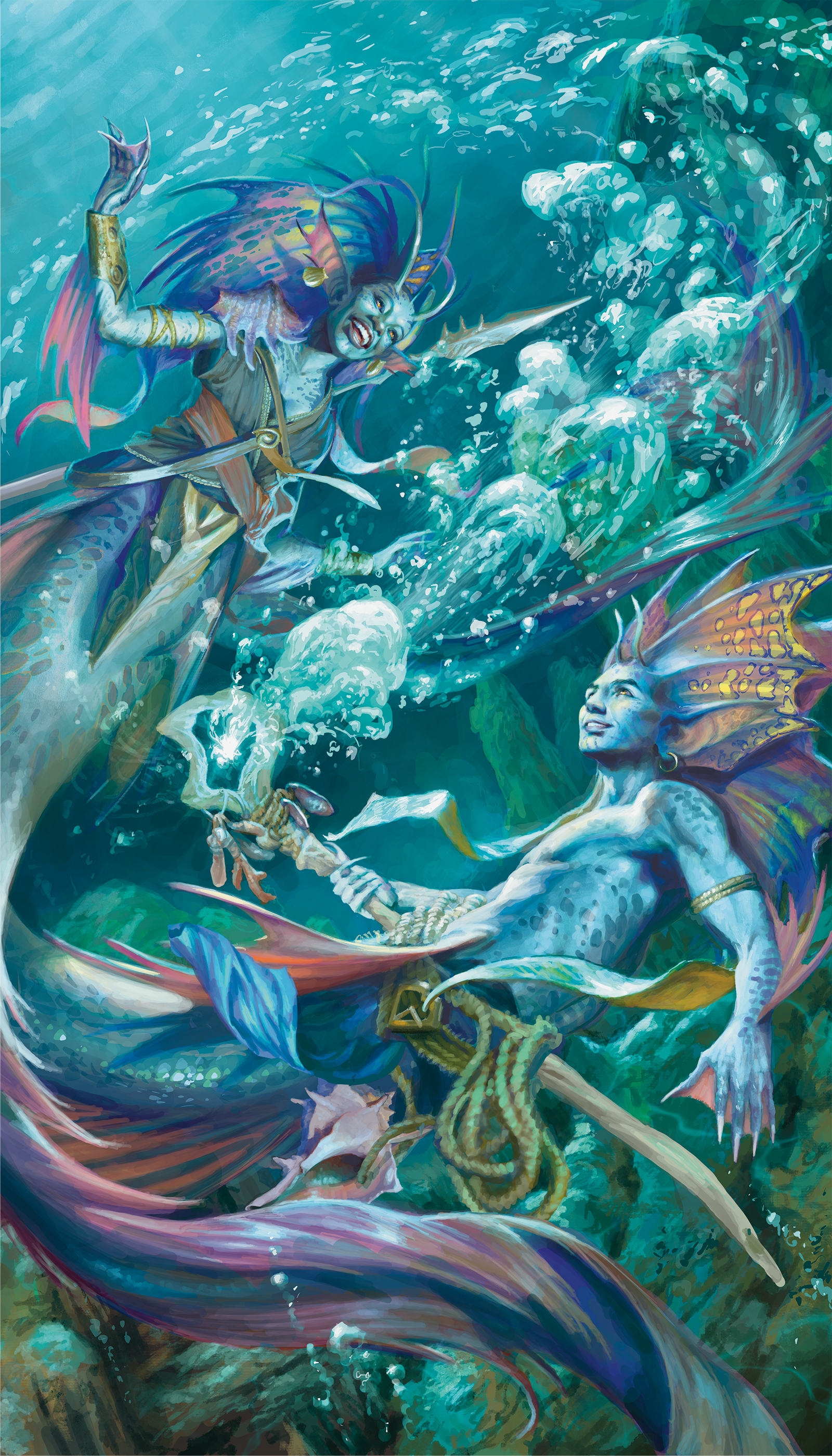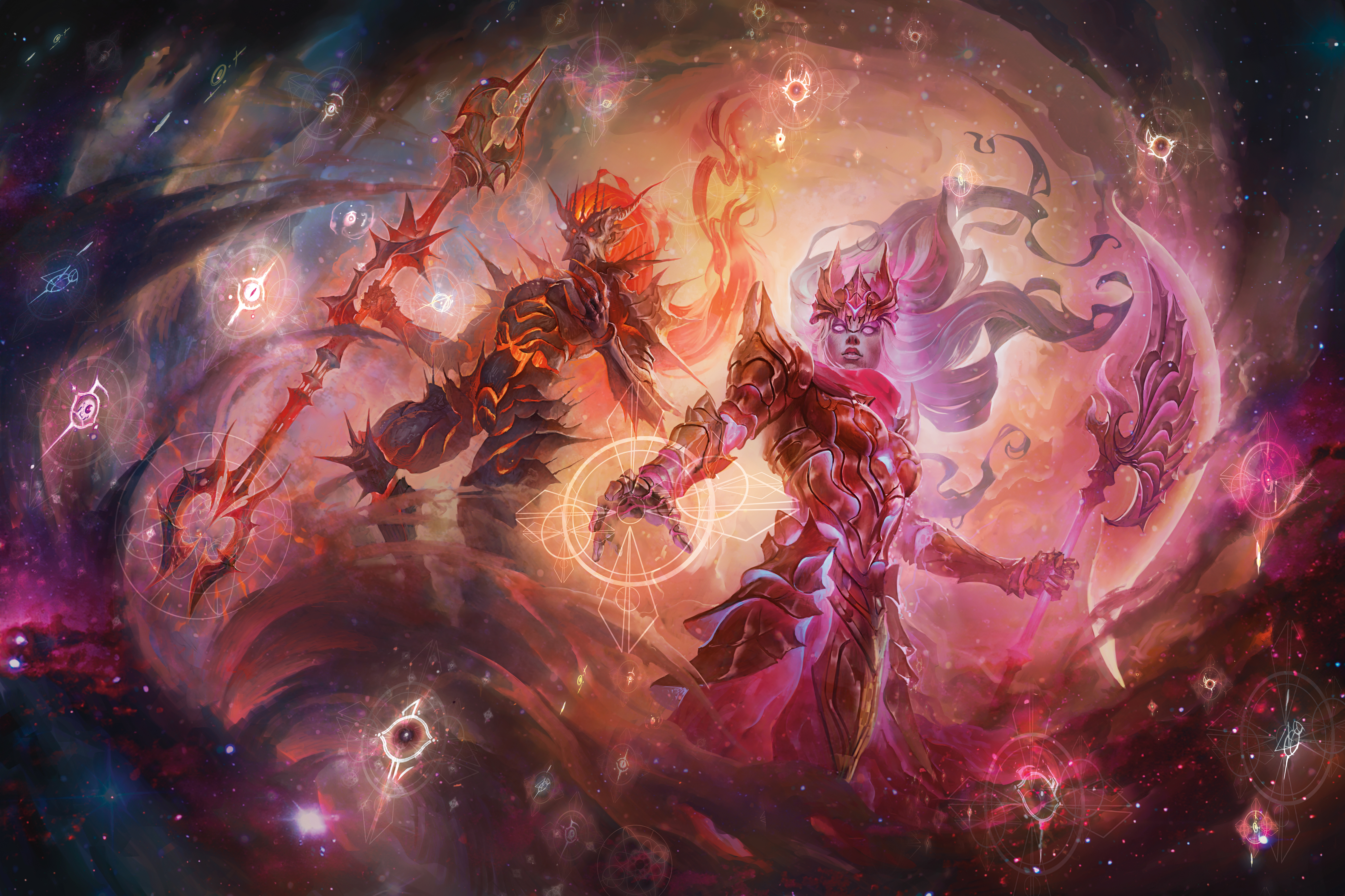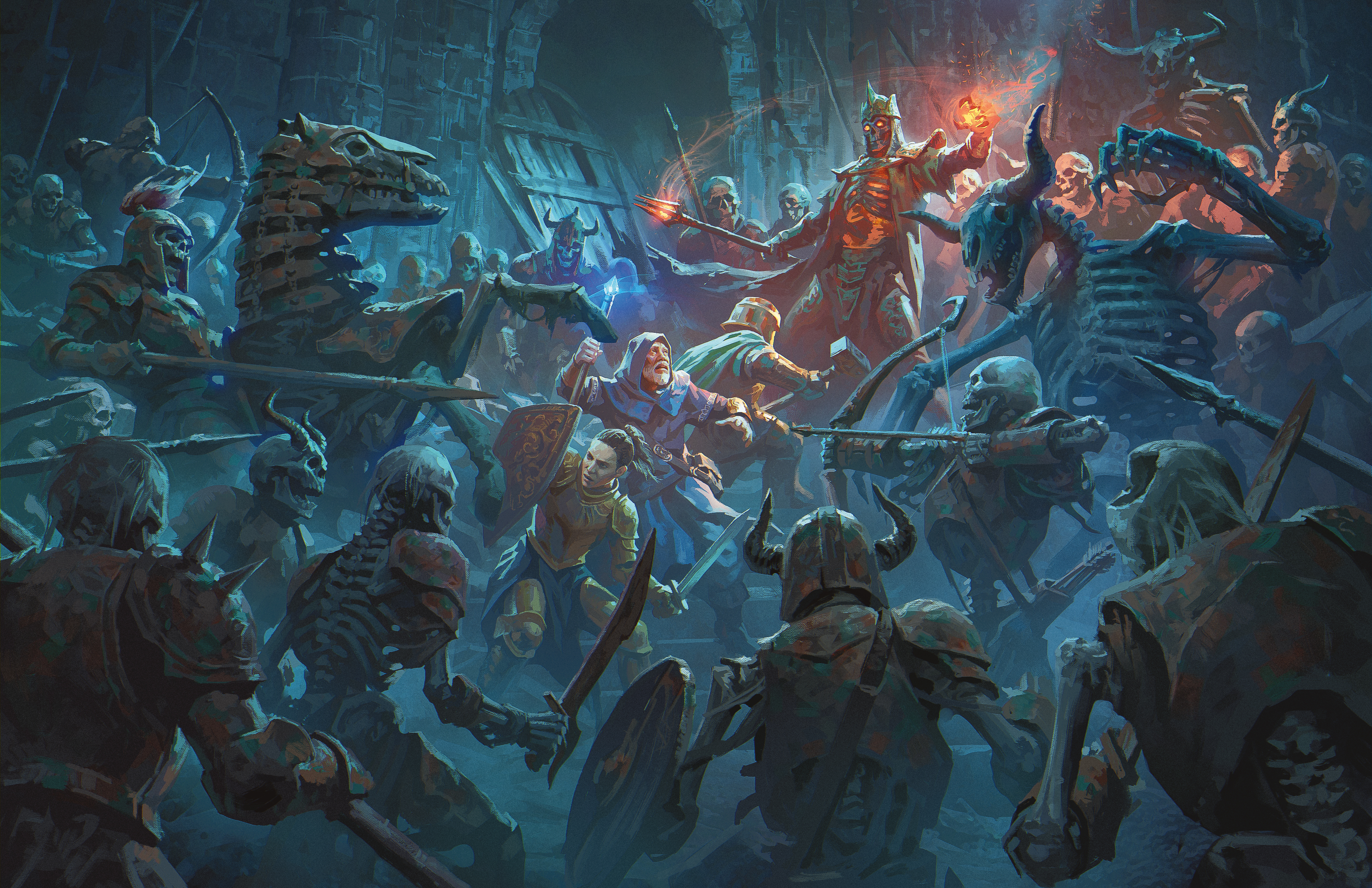The revised D&D Monster Manual aims to provide plenty of plot hooks along with stat blocks, and I’m already quietly stealing a few for my own encounters.
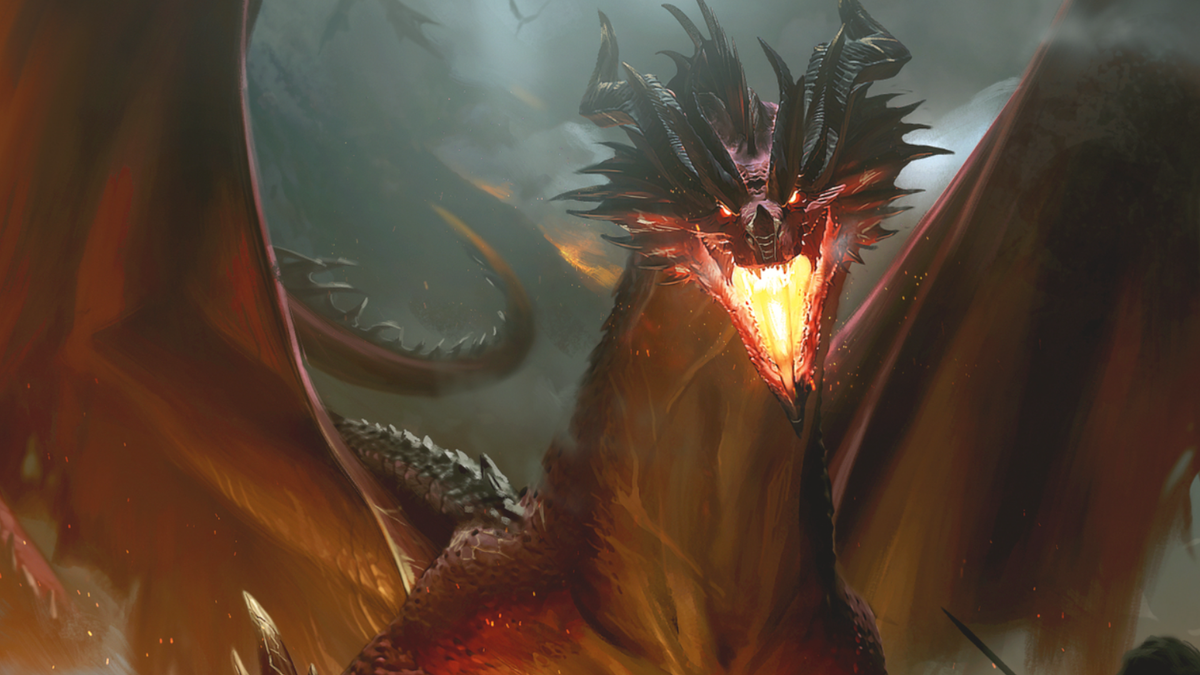
Dungeons & Dragons will end its three 2024 rules editions (which is a little confusing) on February 18, 2025. The third source collection, The Monster Manual, follows the Player’s Handbook and the Dungeon Master’s Guide. I recently got to sit down with a bestiary of other outlets last week to get a preview of what’s going to be inside – and honestly? As for the set of statistical blocks, this is not bad.
Apparently, as game director Jeremy Crawford and lead game designer Wesley Schneider revealed earlier this month, Tarrasque has acquired several “comrades in arms.” The number of high CR BBEGs here is honestly impressive – with promises of adding a bunch of “ultimate threats” like Elemental Cataclysm, the multi-headed beast with different flavors of the jaws of doom, doing whatever it takes, Tiamat. impression.
Other big bads included the Animal Masters, CR20 demigods with different powers based on your furry tastes, and the Haunted Mansion’s Revenant. My favorite is definitely the Drop of Annihilation, a catastrophic goo with the skull of a dead god inside. One that has its own demiplane that can suck you and your compatriots inside, which is a problem since killing it will cause the demiplane to be destroyed and its inhabitants thrown into the Astral Sea (that’s “outer space” in nerd parlance).
My first thought about this thing was not to use it as a CR20 battle, but instead as a plot hook for a Spelljammer campaign – why start in a tavern when you could end up with a bunch of lowly nobodies getting sucked into a giant goo and shot to death. into space after a group of high-ranking rogue assassins killed him with no regard for your safety?
And this is perhaps the main feature of this book. More impressive than the 80+ new creatures and the ability to explode the Tarrasque. buildings there is now a renewed emphasis on providing stories for aspiring DMs. For example, there are more NPC style blocks, such as an entire crew of pirates that can be added to your campaign, as well as a selection of cultists for different types of worship. As they say, not all cults sacrifice equally.
But the real appeal is that almost every type of monster – not all of them, but pretty darn close – has its own set of random tables that help hatch ideas in your mind. As Schneider describes, there was a deliberate shift from didactic stories to sentences: “For us, these monsters aren’t about ‘here’s the lore, here’s the only way to play a gargoyle’… each monster is a whole series of adventures. “
Here are some sample pages that Wizards of the Coast shared with me – Gargoyle and Gelatinous Cube:
Gargoyles, an otherwise disposable construct, get two tables. One with suggestions about what kind of sculptures they might be, and the other about where they are hiding. While some of these actions are common for gargoyles, others—such as suggesting they be placed among the graveyard of Medusa’s victims—are very good encounter ideas.
The Gelatinous Cube also has a few winners: its random table is dedicated to the debris you can find inside – such as the sadistic choice to place a mimic in it, like some kind of monstrous Turducken, or an indestructible tablet in an ancient language.
These little touches are minor, but if the Monster Manual is full of them, it means the Wizard has turned it into something more than its predecessor – it’s not just a book of numbers, it’s a book plot hooks. Combined with some of the things the 2024 Dungeon Master’s Guide does, any new Dungeon Master from these revised rulesets will have plenty of ideas to help them set up their first home campaign.
Art also helps sell it visually. They’ve really pulled out all the stops here – if the Monster Manual continues to fill its pages with high-quality scenes, it will be one of the best-looking books Wizards of the Coast has created.
Keep in mind that high promises are one thing, but proof is another. These high praises that I sing will only stick if these tables are applied throughout the book with equal generosity, and not once every five pages. Not to mention the larger mechanical implications of this book, such as whether the CR system will actually work now will have to be sorted out after a few hours of actual play. What I can say is that this attempt to infuse flavor into every being is extremely welcome.
The revised Monster Manual will be released on February 18th for most people, although D&D Beyond is offering early access on February 4th for Master subscribers and February 11th for Hero subscribers, which I’m sharing here for informational purposes only and not because I think early access periods are good for D&D.


